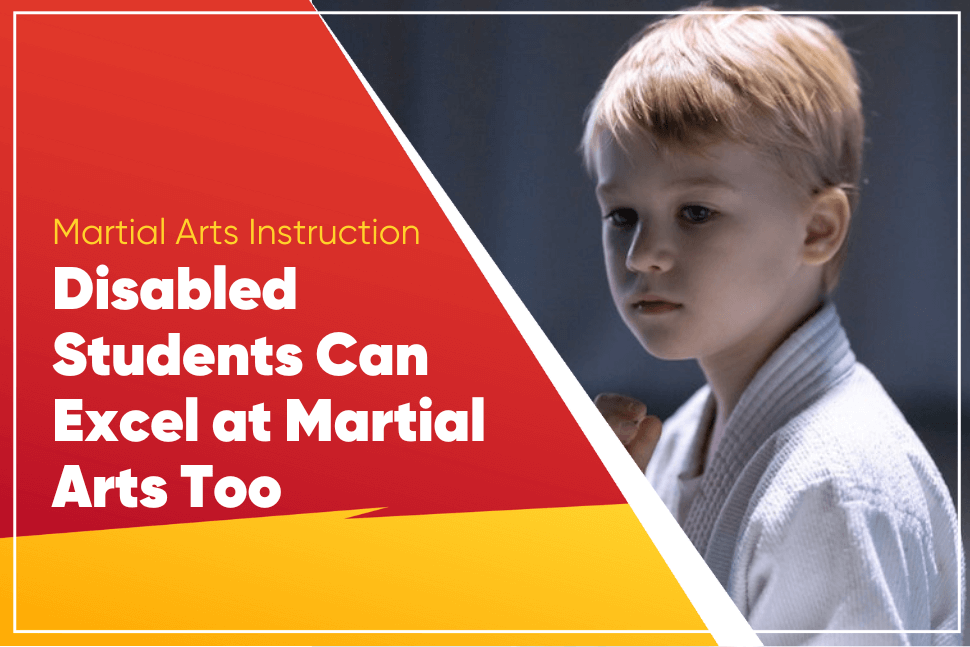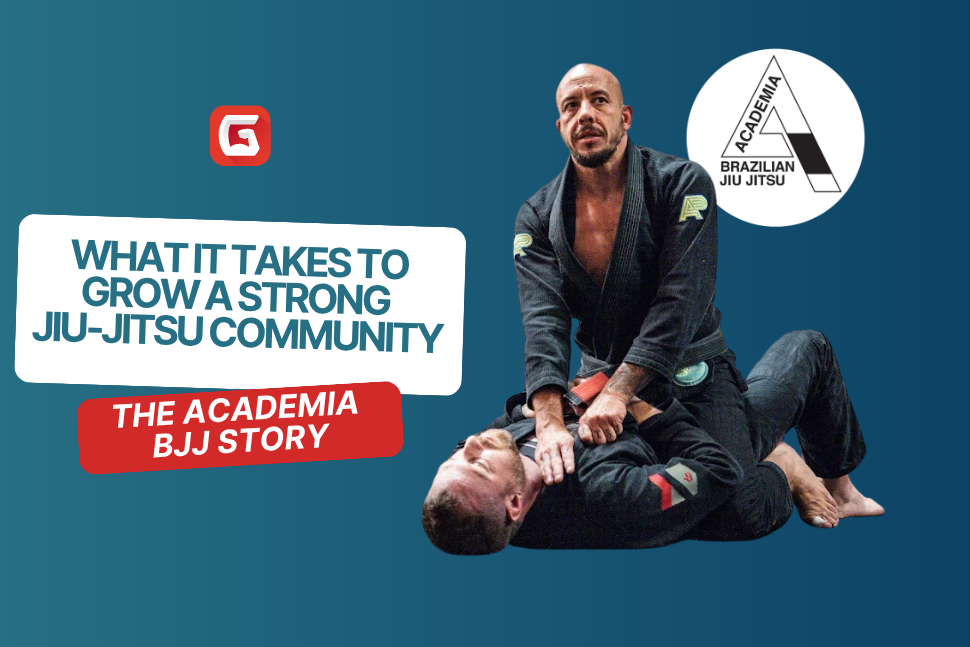During my tenure as Chief Instructor of more than one Korean martial arts program, I had an unusually high population of children with disabilities. In addition to the usual ADHD and ASD students, I had multiple students with conditions like
- Missing or deformed limbs
- Hypotonia
- Dyspraxia
- Severe sensory processing disorder
- Down Syndrome
In both places I taught, a separate class for children with “exceptionalities” was not an option. Nor was pointing them to other programs.
Instead, I had to be creative and adapt on the fly to ensure these kids could engage productively with class (and have fun).
One of my first students, Aaron, was a proving ground for me as a professional martial arts instructor. He proved that virtually anyone can be integrated into martial arts classes – to everyone’s benefit.
Aaron’s Big Challenges
Aaron was diagnosed fairly early in life with two very difficult conditions: hypotonia and dyspraxia.
Hypotonia is low muscle tone. It often leads to low energy levels, and individuals that have it can often appear to be sluggish and slow. Above all, they are chronically weak and will never have the same strength that their peers have.
Dyspraxia is a condition that affects your perception, motor coordination, and even cognition to some extent. Individuals affected by it often have trouble reaching for and grasping a drinking glass, brushing their teeth, and understanding their distance relative to other people and things.
Aaron’s parents warned me that he wouldn’t be able to do a lot of the things the other kids could do:
- Stay in place when he did jumping jacks and leg lifts
- Safely judge his position in space, especially relative to other kids
- Have the strength to do a lot of the calisthenic exercises
- Coordinate his limbs independent from one another – as is often necessary with forms, one steps, and self-defense techniques
- Be competitive at physically demanding games
After hearing this, I was left dumbfounded. How was I supposed to include him in our demanding, fast-paced martial arts class with all the other kids?
Some Disabilities are Invisible
We’re used to perceiving obvious disabilities, but some disabilities are invisible. Because of this, they can be harder to address.
And one of the reasons they’re hard to address is because teachers often have trouble believing their students have a disability at all.
Most instructors don’t work with kids who have exceptionalities, except maybe the occasional student with ADHD or Asperger’s. But those who do work with exceptional children usually relegate them to a separate class entirely, away from the rest of the student body.
There might be good reasons to do this in many cases, but I believe there are so many disabilities that can be productively integrated into regular classes. It’s just lazy, and unfair, to sweep away kids that can benefit from regular classes into designated special needs classes (or to simply turn them away).
Frankly, many instructors don’t want to be bothered with it, either. Teaching “normal” kids is a big enough pain for them already.
And just in case you thought this was a martial arts problem, licensed public school educators can be just as ignorant and closed-minded.
Aaron’s dyspraxia and hypotonia are largely invisible. To the naked eye, he appears to be clumsy. Because he had developed a sense of humor to compensate for his disability, Aaron’s demeanor seems to support the notion that he’s faking, that it’s an act.
Dyspraxia takes a skillful eye to notice early because toddlers and preschoolers are still developing their coordination. In fact, dyspraxia has also been called “Clumsy Child Syndrome” due to it presenting as simple clumsiness in little kids.
Unlike other children, however, young dyspraxic individuals will always struggle with coordination, depth perception, and movement planning. They never grow out of it.
Keep Your Mind & Heart Open
Aaron’s parents had battled with school teachers, scout leaders, and previous coaches for years. Some were understanding, but many were not:
In fact, they outright refused to believe that Aaron had any disability at all.
This led to a lot of strife between Aaron’s parents and his leaders. But more importantly (and more unfortunate), it led to a lot of unfair treatment of Aaron.
When I met him, his parents were justifiably concerned about how he would be treated and if he could keep up with the rest of the kids.
At the time, I had very little experience working with kids who had special needs. I had no training or education on it. Looking back, I understand their apprehension.
But instead of questioning what they had told me about Aaron, I simply believed them, and acted accordingly.
Low Expectations are not Appropriate Expectations for Disabled Students
I learned quickly that successful integration of disabled students into class is about balancing high standards with realistic expectations.
I never assumed any of my students with exceptionalities simply couldn’t do something that I asked in class. Instead, I asked them to try, and then helped them adapt it to their individual needs.
But here’s the most important part. You don’t resign yourself to the ability you discovered in that class. Next session, you ask your students to challenge themselves to move one step, one level beyond where they reached their limits.
Instructors who do work with disabled students often fall into this trap. Their expectations become low, and they stop asking students to adapt beyond their current limits. In a way, their poor expectations cause their students to never reach their full potential.
I had high expectations of Aaron, but never chided him for failing to meet them. I never asked him to do special versions of the exercise.
But if he couldn’t successfully complete more than one rep, I’d give him a quick adaptation to try and move on with class. And I praised him not just for every little win, but for his effort, too.
One time, I instructed the students to perform pushups. Aaron immediately put a knee down to aid himself.
“Keep those knees up, Aaron!” I said. “Back straight, touch your nose and come back up.”
“Okay, right!” he said back.
He kept his knee up this time and his arms trembled violently as he lowered himself down, elbows flaring out, about a quarter of the way to the mat. Then with a breathy grunt he pushed himself back up into the bridge position.
“Excellent, that’s what I’m looking for,” I said.
He put his knee down to help him again the very next rep, but I didn’t call him on it. And I knew that his “clean” repetition wasn’t a “real” push-up because of the shallow depth. That wasn’t the point.
The point was to challenge him to complete (or at least attempt) one repetition unassisted. And he did. Little by little, this system gained him results, and not a single student in the class noticed that Aaron was different.
Overall, I never wanted to draw attention to any student’s disability. As with all my students, I only wanted to draw attention to his effort, successes, and accomplishments.
Massive Success Can Be Invisible, Too
As the months passed, something big began to happen.
With a lot of hard work and witty quips, Aaron was able to accomplish things even his own parents weren’t sure he could:
- Holding deep stances
- Performing mountain climbers and push-ups
- Deftly wielding a bo/staff
- Competing in games
- Remembering and performing forms with mirrored movement segments (very difficult)
- Independently coordinating the extremities (extremely difficult)
To any other other parent, with any other kid, these things are quick wins. They aren’t that hard. It only takes a couple classes for most kids to pick up on these things. After a while, parents don’t even notice anymore.
But to Aaron’s parents, these achievements were somewhere in the neighborhood of monumental. He was keeping up with everyone else. He wasn’t singled out. He had more energy, had become measurably stronger, and he could coordinate his limbs in ways they never dreamed of.
Some disabilities are invisible. If you or someone you care about has one, then you will also understand that sometimes successes are, too. But that doesn’t make them any less impressive or worthy of celebration.
Conclusion
Early in my career as a martial arts instructor, I fell into the difficult task of integrating kids with exceptionalities into regular classes. I had to make sure that everyone was benefiting from these sessions, especially those with disabilities.
Aaron was a student of mine who had two of the most challenging disabilities I had seen. Finding ways to integrate him into class wasn’t easy, but with some understanding and adaptation, we found a system that worked.
Aaron was able to get stronger despite his hypotonia and coordinate himself better despite dyspraxia because I asked him to challenge himself to do what everyone else did every class.
But instead of forcing him to meet those standards, I gave him adaptive exercises whenever he hit a hard limit.
By continually adapting, then seeking to evolve beyond the adaptation, Aaron slowly rose to a level of skill that made his apparent clumsiness and incoordination virtually unnoticeable to others.
In the hands of an inattentive instructor, Aaron would have had trouble with class and the frustration of his parents would have quickly led to a canceled membership.
But because I had decided to maintain an open mind and heart, Aaron kept training for years afterward, continually improving. You can help students like this, too.
 Gym Owner Statistics: The State of Gyms, Member Trends, and Usage Data
Gym Owner Statistics: The State of Gyms, Member Trends, and Usage Data




 EN (English)
EN (English)
 JA (日本語)
JA (日本語)